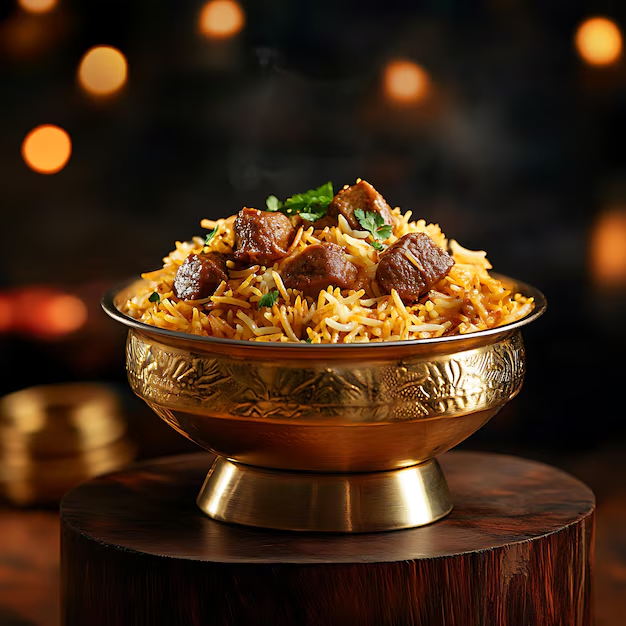The Captivating History of Biryani: A Culinary Journey Through Time and Cultures
Biryani, the fragrant and flavorful rice dish that has captured the hearts and taste buds of millions, is more than just a delectable meal – it is a testament to the rich tapestry of culinary history that spans across continents and civilizations. From its Persian roots to its evolution in the Indian subcontinent, the story of biryani is one that deserves to be celebrated and shared with every bite.
The Persian Connection
The origins of biryani can be traced back to Persia, modern-day Iran, where the dish was known as “Birian,” meaning “fried rice.” However, the exact path that led biryani to influence the cuisine of the Indian subcontinent remains a mystery shrouded in time. One intriguing account suggests that Timur, the Turk-Mongol conqueror, brought a precursor of biryani with him when he arrived at India’s borders in 1398. His troops would bury a clay pot filled with rice, spices, and available meats in a heated pit, only to unearth and enjoy the fragrant dish as sustenance during their military campaigns.
The Mughal Connection
Another widely accepted narrative involves the Mughal Empire and its iconic ruler, Shah Jahan. Legend has it that Shah Jahan’s queen, Mumtaz Mahal (1593-1631), visited army barracks and noticed the troops were malnourished. In response, Shah Jahan requested his chef to create a nutritious dish that could be easily shared. The chef’s solution was biryani – a complete meal featuring meat, aromatic spices, and fried rice. While biryani retained its Persian essence, it also began to incorporate local influences from the Indian subcontinent.
The Tamil Connection
Interestingly, Tamil literature dating back to the 2nd century AD mentions a dish called “Oon Soru,” where “Onn” refers to meat and “Soru” means fried rice. The dish’s description, which includes rice, ghee, meat, turmeric, coriander, pepper, and bay leaf, bears a striking resemblance to biryani. It is believed that “Oon Soru” was prepared by South Indian chefs for mercenaries, who later adopted the name “biryani” for the dish.
The Pakistani Influence
Despite the mystery surrounding its origins, biryani has remained a beloved dish across the Indian subcontinent, from the Nawabs of Lucknow to the Nizams of Hyderabad. In Pakistan, the dish has undergone a remarkable evolution, with chefs perfecting and developing countless variations, each with its own unique character. From the fiery Angara Biryani to the fragrant Khusbodaar Basmati Rice Biryani, Pakistani biryanis have carved out their own distinct identity while staying true to the core spices that define the dish.
The Art of Biryani Making
The perfect biryani calls for meticulously measured ingredients and a practiced technique. Traditionally, the dum pukht method (slow breathing oven in Persian) was used to make biryani. In this method, the ingredients are loaded in a pot and slow-cooked over charcoal, sometimes from the top also, to allow the dum or steam to work its magic. The pot, sealed around the edges with dough, allows the steaming meat to tenderize in its own juices while flavoring the rice.







